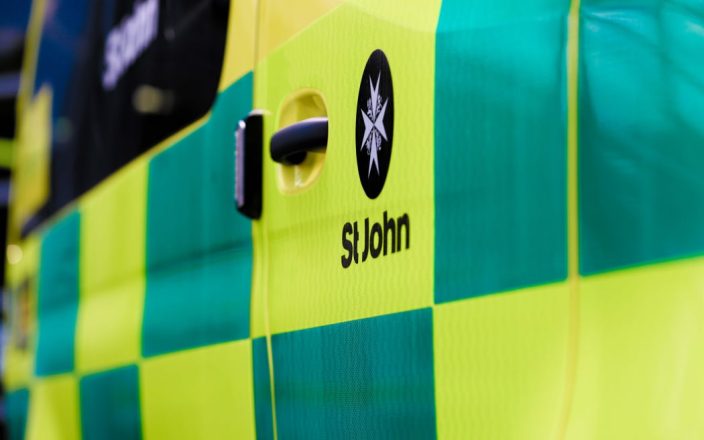Ambulance workers and call takers at St John Ambulance are going on strike for the first time. This 24-hour strike will happen on Tuesday, but St John promises to still respond to life-threatening emergencies. People can continue to call 111 for help.
The strike will affect workers for the first four hours of their shifts, from 4am on Tuesday to 4am on Wednesday. The busiest times during the strike will be from 6am to 10am and 6pm to 10pm, when most of the staff are scheduled to work.
Mark Quin, the secretary of the New Zealand Ambulance Association, expressed disappointment about the strike. He said workers are frustrated after 19 months of failed talks. “It’s gutting. It’s the first time we’ve had to withdraw our labor. Staff have had enough,” he stated. He mentioned that workers are united and angry at St John for the situation.
St John Ambulance claims it cannot improve its pay offer without more government funding. Dan Ohs, the director of ambulance operations, said last week they made a new offer to the unions after receiving some funding. However, the offer was not enough, and talks broke down. St John decided to prepare for the strike instead of continuing negotiations.
Ohs mentioned that Health New Zealand and ACC are aware of the situation but do not have extra funds to help St John. He hopes they will recommend more money to the ministers, which could then be used for staff pay.
However, Quin pointed out that unions feel stuck between St John, its funders, and the government. He raised concerns about St John’s financial management and questioned where the funding is going. He noted that the current pay offer does not even keep up with inflation.
It looks like the next strike will take place as planned on Saturday, starting at 4am. The unions and St John are not set to meet again until August 29 and 30. Quin said the unions are open to negotiations anytime and are waiting for St John to reach out.



















































-360x245.jpg)










